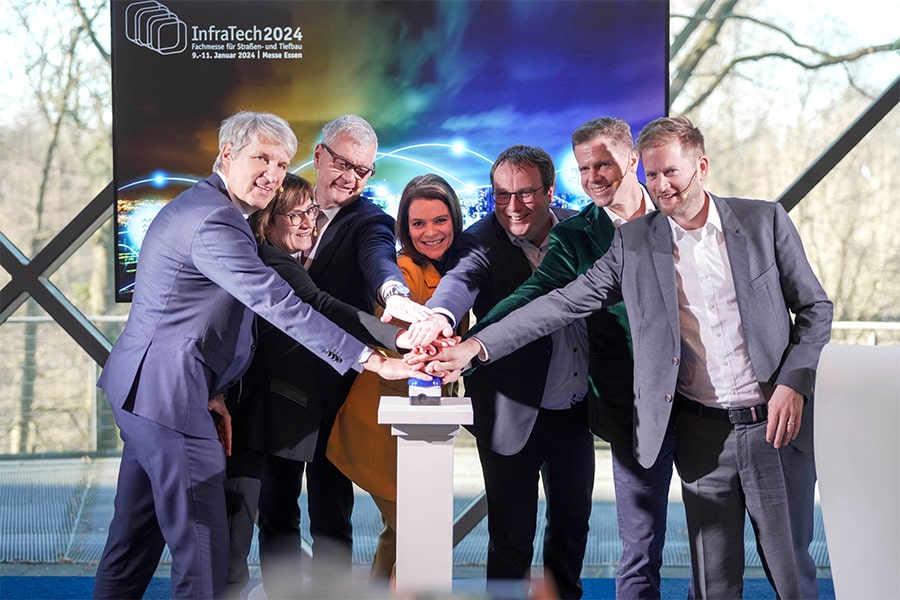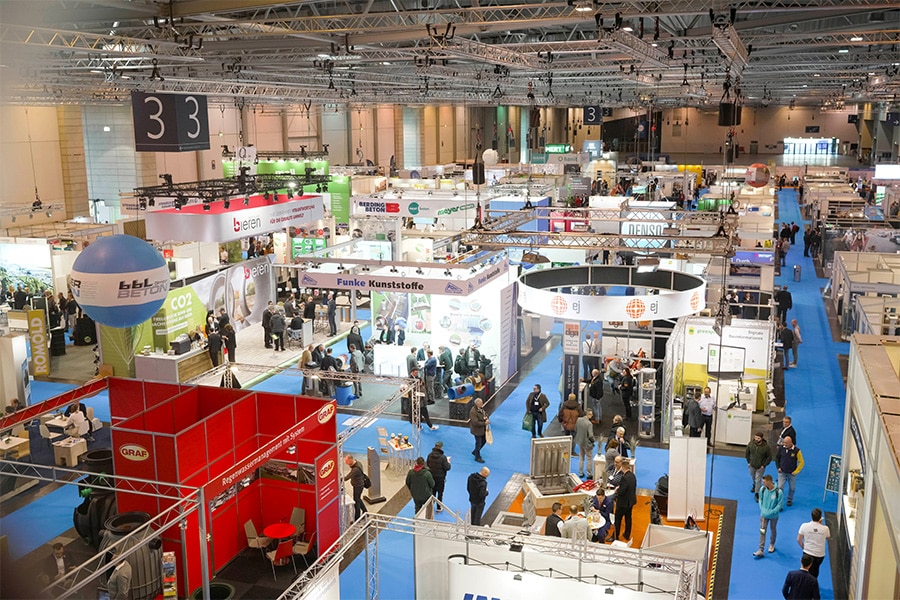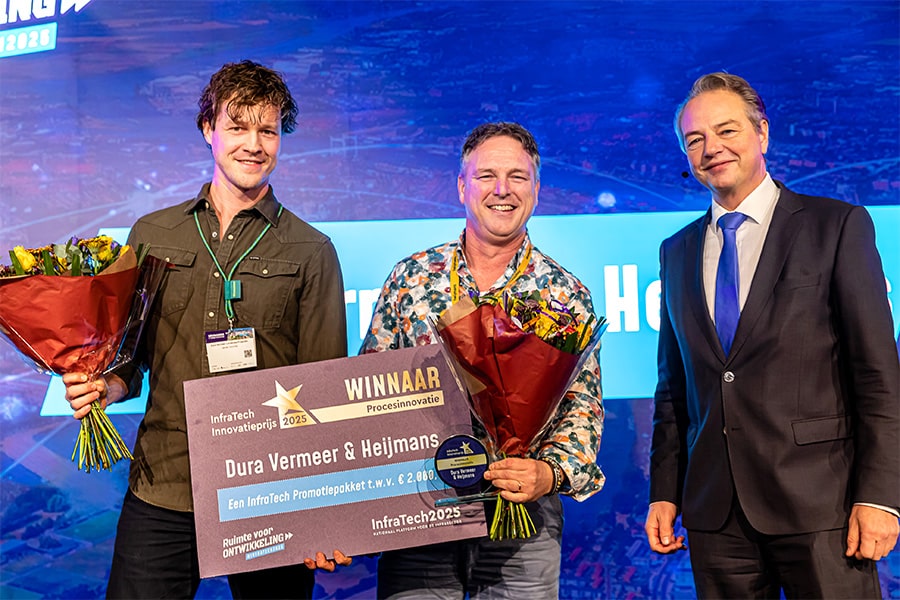
Testing methodology accelerates adoption of circular steel in infrastructure
Too often in infrastructure, people still turn to new steel. A shame, because there are plenty of opportunities to give profile steel a second life, even in infrastructure. One condition, however, is that you can quickly determine whether used steel is satisfactory, without having to conduct all kinds of expensive research and analyses. Van Heteren responded to this and together with Rijkswaterstaat, CROW and Adviesbureau Heurter developed the Testing Method for Circular Steel (TCS), which was made available free of charge by CROW via duurzaamgww.nl.
The idea for the TCS originated with the Rijkswaterstaat's Riverwood project, begins Bart Boksebeld, director of Van Heteren. "Part of the project was to install 74 dead trees between Deventer and Doesburg at eleven locations in the river IJssel. These trees promote biodiversity. The trees form a coral, as it were, for invertebrates. Fish use the branches and roots of the tree for shelter, spawning and gathering food. Linked to the project was the 'Zero Emission Challenge' to implement the project emission-free. As Van Heteren, we then began brainstorming with the Department of Public Works team about the possibilities. In those sessions, we indicated that there is still an awful lot of low-hanging fruit in the area of sustainability and circularity in projects, and it would be better to focus on this first, before we go in the exotic direction."

Nationwide rollout
As part of low-hanging fruit, Van Heteren proposed the use of circular steel profiles as anchoring for the trees. "The big problem, however, was the contract. The standard contract of Rijkswaterstaat and many other clients stands in the way of using recycled steel," says Bart. "So we need to move toward a methodology where we can test reused steel profiles for lightweight steel structures in a simple way. In fact, applying circular steel is quite possible, only until recently the cost of research was higher than buying new steel. So we needed a methodology where you can determine in 5 minutes whether a piece of profile steel, without laboratory testing, is eligible for reuse. We could do that ourselves or together with the Department of Public Works, but we decided to widen the scope even further. Thus CROW has also joined in with the aim of arriving at a working methodology that will be rolled out nationwide. Finally, we have brought in additional knowledge in the field of steel via Heurter consultancy. Together we started the development of the TCS." The focus was on the application of profile steel for lightweight structures within the consequence class CC1 and a design life of up to 50 years.

Few minutes
The assessment of profile steel takes place in Excel, programmed through a so-called three-step smart flow scheme. "In the first step, based on the consequence class, execution class and design life, it is determined whether TCS is suitable as an assessment method for circular steel within a project. If it is, then TCS displays a green traffic light," says Rob Bollen, structural engineer at Van Heteren. "If it is not, then you are referred to the NTA8713:2023 for further investigation. If the TCS is suitable, then in a few minutes you test whether the available profile steel is applicable in the intended project. You do this by testing the design characteristics of the steel required against the parameters of the profile steel whose suitability you want to determine. Again, we work with a traffic light methodology." In addition to demonstrating that the profile steel meets the functional requirements, the testing methodology also provides insight into how the choice of circular profile steel contributes to the reduction of emissions, expressed in the Environmental Cost Indicator (EQI).

Eye-opener
The TCS has been tested on several pilot projects, according to Bart, and the methodology has now been placed on the website duurzaamgww.nl by CROW and is thus available nationwide. "Now it's up to Rijkswaterstaat and other clients to include in contracts the possibilities for circular applications for consequence class cc1 and make them demonstrable with the TCS." Mattijs Erberveld, innovation advisor at Rijkswaterstaat: "As Rijkswaterstaat we have the ambition to work circularly. Standard contract requirements often stand in the way of applying circular steel. They are often grafted onto new material, partly because of reliability and safety, but with circularity comes a new objective. In that respect, the TCS was also an eye-opener for us and offers contractors the space for a circular and safe alternative." Bart concludes, "As Van Heteren, we have been applying circular steel for many years. Thanks to the TCS this will only increase, especially for anchors, jetties, mooring facilities and bridges within the consequence class CC1."




